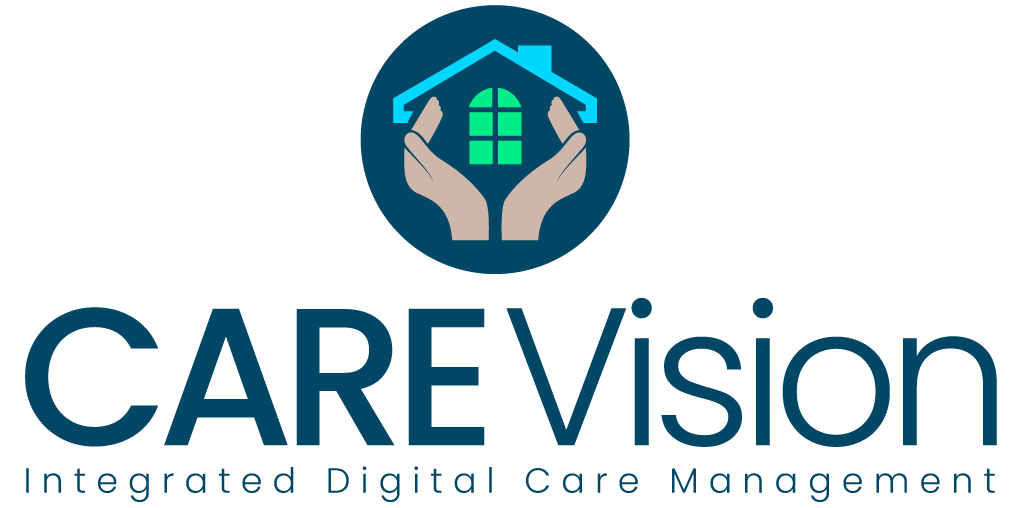As much as care homes wish to place the welfare of residents at the heart of everything they do, billing must also come high up on the list of priorities. After all, the money must keep coming in, in order to fund the care home and its various services, activities and support. It is important to stay on top of the admin surrounding billing. Especially when it comes to scheduling invoices, collecting payments and keeping track of outstanding accounts and problems.
As with so many admin tasks, the process is made a lot simpler by ‘going digital’ and sorting out everything connected to billing residents and their families electronically. This is now standard practice for most care homes, with sophisticated accounting packages widely available. However, if accounts software can be connected to a digital care management system, the benefits of moving away from paper-based accounting become even more apparent.
Flexibility and customer choice
Being able to offer people choices when it comes to their care is very important for care homes wishing to follow a person-led care philosophy. Digital billing allows such settings to continue this ethos into its admin and financial processes. Residents and their families can choose how to pay. For example by bank transfer, direct debit or debit or credit card. This can then be processed electronically and recorded on the system, with preferences noted for future transactions. Payments can be scheduled for certain days of the month, or arranged to come in quarterly, bi-monthly or over another agreed timescale. They can also use their own digital means to pay, e.g. via a banking app, direct to your account that is connected to your digital care management system.
Streamlined processes save time
Not only does electronic billing save your residents and their families time, it also speeds up the accounts processing for your staff. Your financial team can input payments, chase invoices and update accounts all in one place. They can ensure more accurate records and share information as required simply and quickly, 24/7. Digital care management and billing systems like Care Vision are easy to understand and people can be trained in their use in a short amount of time. They can also be connected to resident records and financial history for easier checking and auditing. Moving away from manual accounting also reduces the likelihood of time-consuming errors that take ages to put right. It also does away with the difficulties of reading people’s handwriting and storing paper-based records safely so they don’t become faded, damaged or lost
Better record-keeping and audit trails
The financial dealings of care settings are, as with any other business, subject to strict controls. It is vital for managers to keep correct records and be able to produce figures for audits, tax investigations and customer queries as required. Having this information to hand and connected to other key data about each customer can remove a lot of accounting and billing headaches. It also makes the care setting look more professional, thus engendering greater trust and strengthening customer relationships. It can also make the life of your accountant a lot easier when it comes to sharing key figures with them. In the event of a tax investigation or a customer query, much of the associated stress can be removed if you can show consistent, clear and committed record-keeping and full traceability of funds received and spent.
A modern experience
People are very used to digital billing and financial payment systems,. From contactless card technology at the supermarket to online banking, we trust tech ology with our accounting tasks. Increasingly, we happily move money around as required without ever touching a banknote or writing out a cheque. People look for digital ways of managing their money when looking for services.
The easier a care home can make billing and paying for residents’ accommodation and care, the more likely it will be that customers will choose their modern, convenient approach. The same goes for paying for other aspects of a resident’s care. Digital care management systems that allow electronic transfers of funds to pay for external services like hairdressing or chiropody, or providing ‘pocket money’ to residents to pay for little luxuries will also be more popular with busy families looking for easy solutions.





